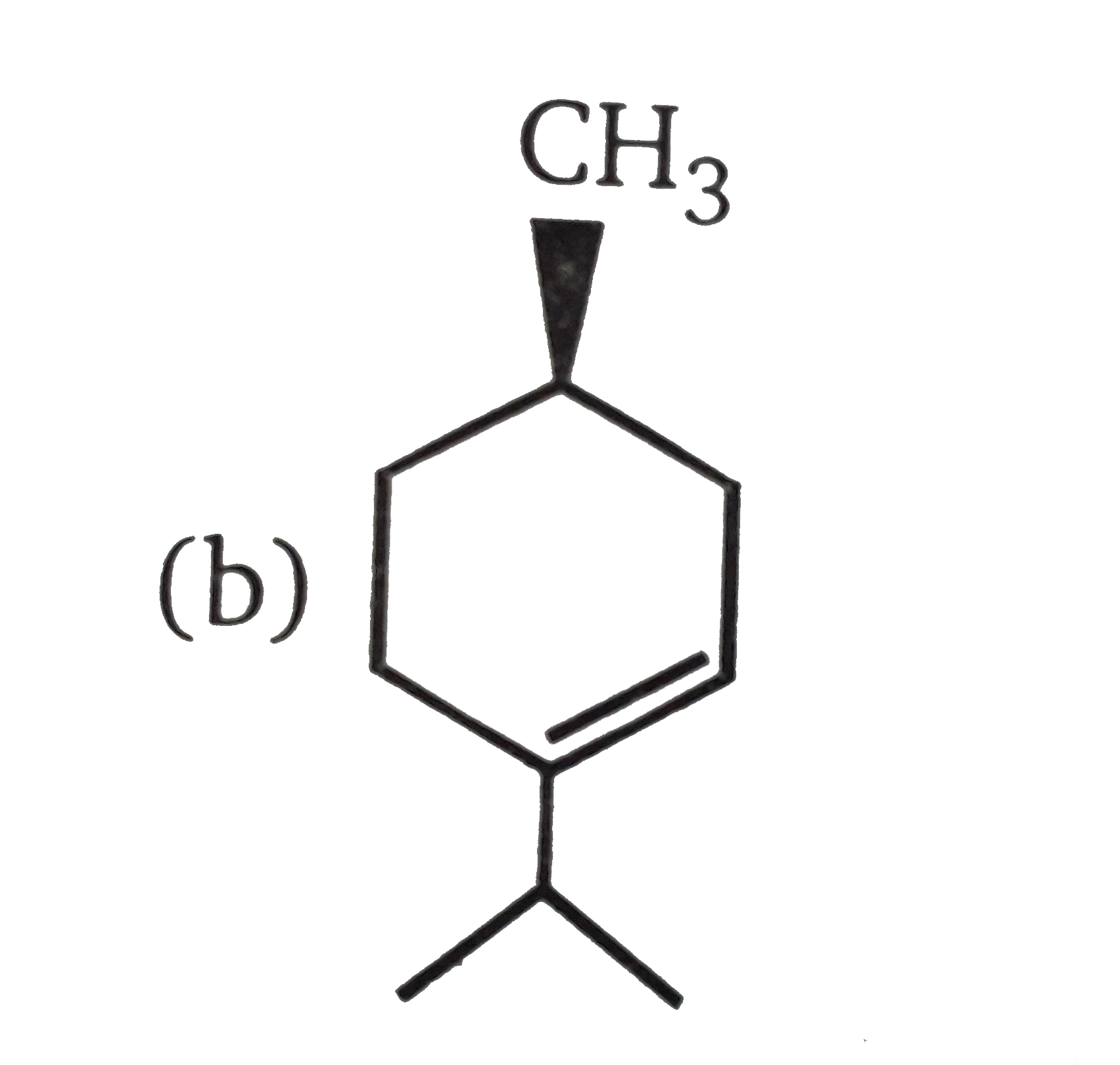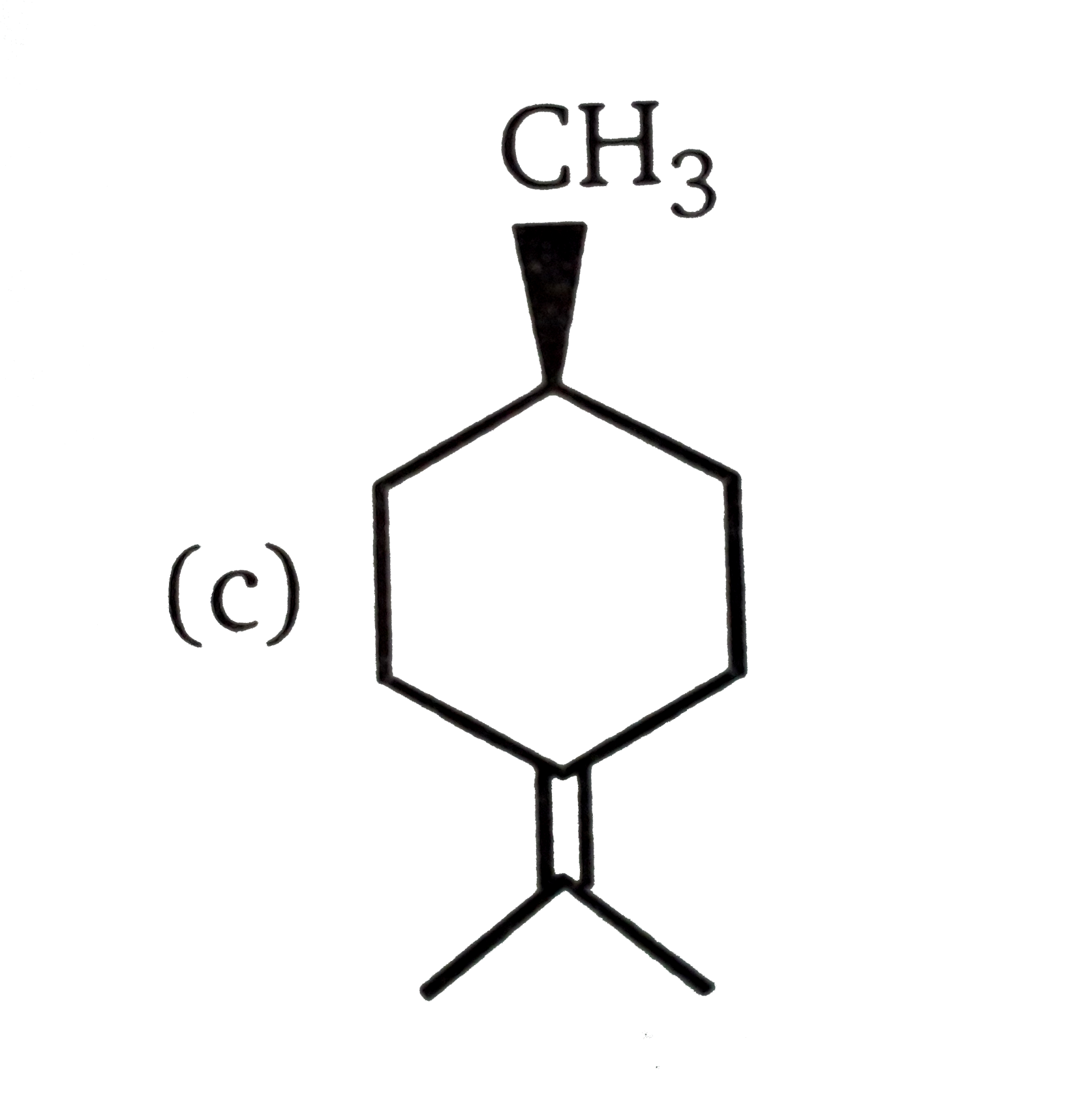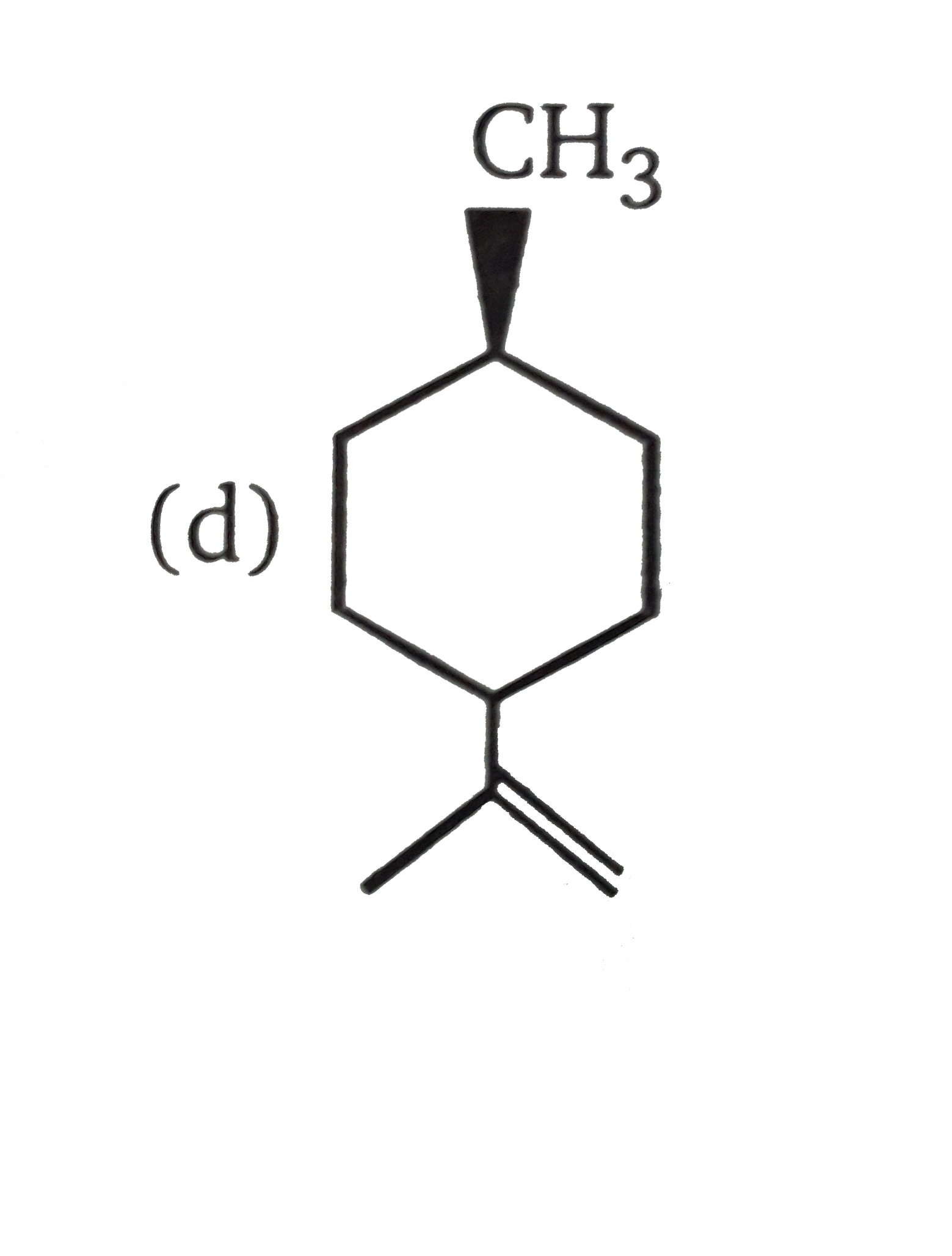
In the reaction
A is:
Cu2Cl2
H3PO2 and H2O
H+H2O
HgSO4H2SO4
The correct Answer is:B
H3PO2 and H2O bring about replacement of diazonium chloride group by H.
Topper's Solved these Questions
- BOOK - A2ZCHAPTER - ORGANIC COMPOUNDS CONTAINING NITROGENEXERCISE - AIIMS Questions38videos
ORGANIC COMPOUNDS CONTAINING NITROGEN
- BOOK - A2ZCHAPTER - ORGANIC COMPOUNDS CONTAINING NITROGENEXERCISE - Assertion-Reasoning Questions7videos
ORGANIC COMPOUNDS CONTAINING NITROGEN
- BOOK - A2ZCHAPTER - ORGANIC COMPOUNDS CONTAINING NITROGENEXERCISE - Section B - Assertion Reasoning11videos
ORGANIC COMPOUNDS CONTAINING NITROGEN
- BOOK - A2ZCHAPTER - ORGANIC COMPOUNDS CONTAINING HALOGENSEXERCISE - Section D - Chapter End Test30videos
ORGANIC COMPOUNDS CONTAINING HALOGENS
- BOOK - A2ZCHAPTER - P BLOCK ELEMENTS ( GROUP 15,16,17,18)EXERCISE - Section D - Chapter End Test30videos
P BLOCK ELEMENTS ( GROUP 15,16,17,18)
Similar Questions
Knowledge Check
- Question 1 - Select One
Given reaction

Y in the reaction isAHexaneBCyclohexaneCCyclohexylcyclohexaneDCyclohexylether - Question 2 - Select One
 ,major product of the reaction of the reaction is:A
,major product of the reaction of the reaction is:A B
B C
C D
D
- Question 3 - Select One or More

Select the reactions involved in the reaction above reaction :AMichael AdditionBAldol CondensationCDehydrationDPerkin Condensation
The half-life of a reaction is halved as the initial concentration of the reaction is doubled. The order of the reaction is
View SolutionThe rate constant of a reaction has same units as the rate of reaction. The reaction is of:
View SolutionThe rate constant of a reaction has the units as that of rate of reaction . The reaction order is
View SolutionFor the reaction : A→ Products, the time for 75% completion of reaction is 5 times for 50% completion of reaction. The order of reaction is :
View SolutionThe rate constant of a reaction has same dimensions as rate of reaction The reaction is of
View Solution

